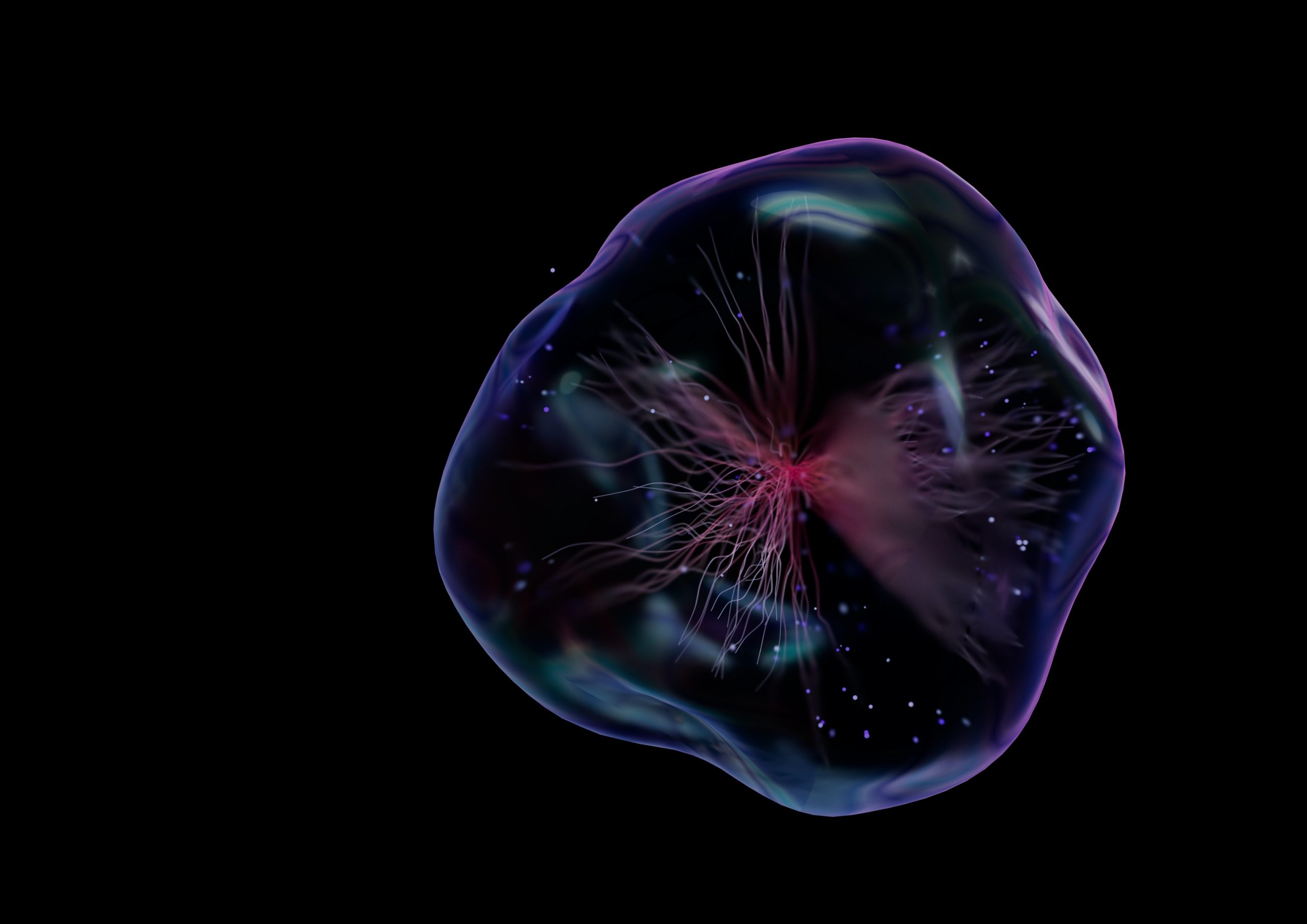Activation of transposable elements as triggers of neuroinflammation in Parkinson’s disease
Recent studies in the field of Parkinson’s disease have increasingly focused on the role of neuroinflammation in the pathogenesis of the disease. In this project we study the factors involved in neuroinflammation in Parkinson’s disease using complex in vitro models containing human neurons, astrocytes and microglia.
Rationale for the study: Inflammation is a common event in Parkinson’s disease (PD), but its source remains unclear. There are many candidates that could cause inflammation in the nervous system. A likely candidate involves the activity of transposable elements, which are virus-like gene fragments left over from viral infections. While transposable elements are normally inactive, certain stressors can reactivate these genes, leading to a potential immune response, including inflammation.
Hypothesis: This study aims to determine whether transposable elements are active in tissues of patients with Parkinson’s disease and whether this activity can induce inflammation in the nervous system.
Study design: We will first look for evidence of transposable element activity using single-cell RNA sequencing of tissues from people with Parkinson’s disease. This particular experiment will also allow us to determine whether patient cells that show increased transposable element activity also show increased signs of inflammation. Because central nervous system cells (neurons, astrocytes, and microglia) can be grown in a laboratory culture system, we can also test whether manipulations that induce the activity of transposable elements in these cells also elicit an immune response that would result in inflammation. This would suggest that blocking transposon activity could block inflammation.
Implications for Parkinson’s disease diagnosis/treatment: If we can determine that transposable element activity is the trigger for inflammation in Parkinson’s disease, this would open up several unexplored treatment options. This would allow the targeted development of anti-inflammatory or antiviral compounds that are active against the specific triggers observed in samples from Parkinson’s patients.
Project Results
This project, investigating an entirely new pathogenic mechanism in PD, has the potential to open a number of new avenues of PD research with clear clinical relevance, including both diagnostics and therapeutics.
Source:
parkinsonsroadmap.org/research-network/neuro-immune-interactions
in.ku.dk/research/kirkeby-lab

